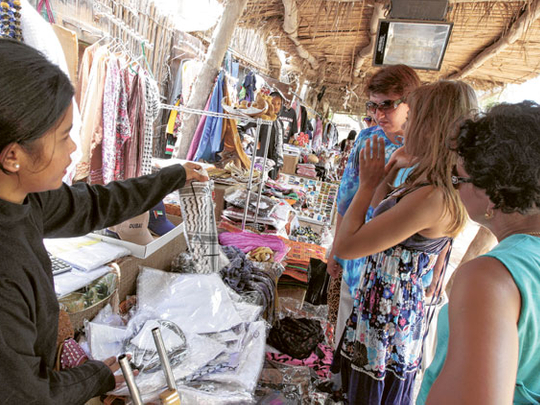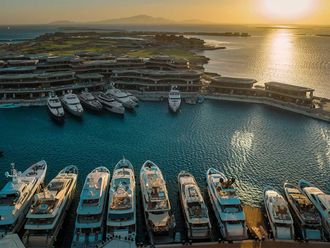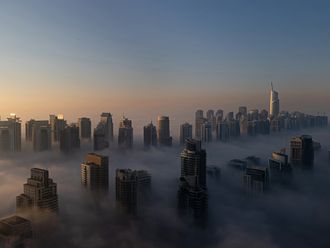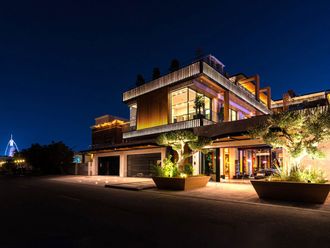
Dubai: Institute of International Finance (IIF), the Washington-based association of global banking and financial institutions, has revised the gross domestic product forecast of the UAE to 4.4 per cent from its earlier forecast of 3.8 per cent.
"Most indicators of economic activity have registered a significant rise in real terms in the first half of this year. Crude oil production increased by 8 per cent as compared to the same period last year. With the exception of real estate, other sectors are also performing well. This has prompted us to revise our forecast," said Garbis Iradian, Deputy Director of IIF's Africa/Middle East Department.
According to the IIF estimates, a surge in infrastructure spending in Abu Dhabi and Northern Emirates and increased activity led by tourism, retail trade, transport, and logistics in Dubai will support the nearly 1 per cent upward revision in UAE's GDP forecast.
Like the International Monetary Fund (IMF) and other international organisations tracking the UAE's key economic data, the IIF also suggested that the regional economic turmoil has benefited some of the key sectors of the UAE economy.
Tourism
Data through May 2011 suggest that tourism and hospitality have benefited from the political turmoil elsewhere in the region.
The hotel occupancy rate in Dubai rose from 80 per cent in the first five months of last year to 83 per cent in the first five months of this year, and in Abu Dhabi it rose from 75 per cent to 80 per cent during the same period, the IIF report said.
In contrast, hotel occupancy fell sharply in Bahrain, Cairo, Damascus, and Beirut. Based on the IIF average oil price forecast of $115 (Dh422) per barrel of Brent crude this year, the fiscal balance is projected to be in large surplus of about 7 per cent of GDP, despite the expected large increase in consolidated government spending.
These positive developments were reflected in the narrowing of Dubai's CDS (credit default swap) spread, which declined to 329 basis points in mid-July, the lowest since November 22 last year when Dubai World asked for a rescheduling of its debt.
Despite the improved economic activity in the UAE, the IIF expects inflation to remain below 2 per cent this year.
Official data through May 2011 suggest that inflationary pressures remain contained.
Inflation was 1.4 per cent in the 12 months to May 2011.
"Significant increases in food and transportation prices of 5.2 per cent and 6.1 per cent respectively, were partly offset by the decline in rents, which fell by about 1 per cent. Looking ahead, a further small decline in rents in the UAE as a whole will help keep inflation subdued at an average of 1.7 per cent in 2011," said George T. Abed, senior counsellor director of IIF's Africa/Middle East Department.
Loan growth to remain sluggish despite deposits growth.
Investments move to UAE
The regional unrest has prompted high net worth individuals from some troubled Arab countries to move some of their savings and investments to more stable markets such as the UAE which has led to an increase in deposit holdings of the UAE banks, according to the Institute of International Finance (IIF).
Total deposits by residents and non-residents rose by 16 per cent in the 12 months to May 2011, while lending increased by about 3 per cent during the same period. Consequently, the loan-to-deposit ratio of banks has declined from a peak of 109.5 per cent at end-2008 to 93.3 per cent in May 2011. In absolute terms, the increase in deposits during the first five months of this year (Dh74 billion) exceeded the increase for the whole of the previous year (Dh67 billion).
The improvement in liquidity of the banking system is reflected in the recent decline in the interbank rates, which fell from 2.14 per cent by end-2010 to 1.54 per cent as of July 12, 2011.












